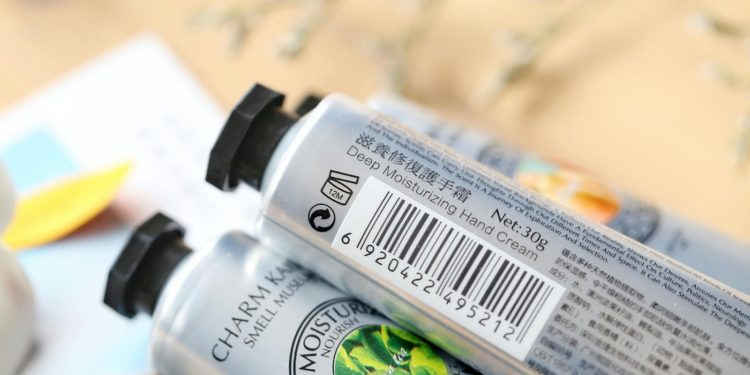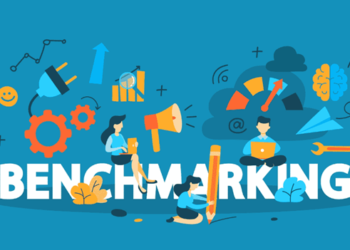Across the globe there are millions of products bought and sold in supermarkets and businesses. All products have one thing in common, they have labels to inform people of what the product is, what they need to be aware of, and any cautions in using the products. Labelling in food products is also extremely important, and you may wonder what happens if a product is mislabelled. In this article, we’ll discuss the dangers of mislabelling during the manufacturing process and if not fixed how it may affect consumers.
- Food Mislabelling
Food mislabelling is dangerous for many consumers who may have allergens. According to the FDA, there are eight foods which are classified as major allergens. These specific major allergens include:
- Tree nuts
- Fish and shellfish
- Soybeans
- Wheat
- Peanuts
- Milk
While there are other foods which may cause allergies, these are identified as the ones that may cause anaphylactic shock or severe sickness when consumed. The FDA requires all food products to follow FALCPA or Food Allergen Labelling and Consumer Production Act rules and regulations. This means that all food needs to provide allergen advice on the labels to ensure consumers understand what they’re buying.
For many manufacturers, there are many ways they can prevent mislabelling in the manufacturing process. This article from TDI Packsys provides a great resource on how this can be achieved. Prevention is the first line of defence in solving the mislabeled problems in manufacturing plants.
- Mislabelling Medication
Medications which are mislabelled in dosage or what they contain are also a danger to the public. Medical mislabelling with the wrong dosage can cause a person to overdose unwillingly. The consequences of medical mislabelling depending on the medication could have mild to heavy symptoms of:
- Rapid heart rate
- Vomiting and nausea
- Seizures
- Hallucinations
- Shortness of breath
- Extreme stomach pain
- Bloody diarrhea
- Coma
- Death
Medical mislabelling is very serious as it can be life threatening. This is why pharmaceuticals need to ensure labelling is correct prior to printing.
- Electronic Mislabelling
Electronics are used right around the world. Whether it’s for a professional work setting or personal use, proper electronic use is important to reduce the risk of electrocution. Labels on electronic products usually contain:
- Warning labels stating what chemical or specific part of the product warranted the label in the first place.
- The warning label should contain a URL where a consumer can go to, to be able to get extra information if they need to about the dangerous part of the product.
- It should have a bright yellow or red outlined triangle with an exclamation mark on it.
- The amount of electricity the product uses and safety precautions.
When electronic labels aren’t correct, it can lead to consumers being at higher risk of electrocution, death, severe burns, or the product being misused and burning the area it was installed in.
- Chemical Mislabelling and Health Risks
Chemicals are used across the world for many different applications, including the following:
- Cleaning products
- Pesticides and insecticides
- Paints and coatings
- Perfumes
- Cosmetics
- Sunscreen
- Fuels
- Lubricants
- Plastics
- Sealants and adhesives
- Flame retardants
- Dyes and colourants
- Waterproofing products
- Fertilisers
- Herbicides
- Batteries
While chemicals are an important part of many products, when labelled incorrectly it can cause a person to misuse the product. The dangers of misuse could lead to:
- Severe burns
- Ingestion and poisoning
- Shortness of breath
- Bleeding nose
- Chest pain or tightness
- Rashes
- Vision problems
- Skin irritation
- Nausea
- Diarrhoea and abdominal cramps
- Headaches
- Dizziness
- Seizures and tremors
- Irregular heartbeat
- Blood pressure problems
- Fever
- Weakness
- Organ damage
- Death
- Coma
According to the OSHA, chemical labels need to contain:
- A telephone number, address and name of the company that manufactured the product.
- Product identifier which identifies what chemicals are being used, the batch number, and a code number.
- Precautionary statements to signal important information like ‘keep away from heat’
- Hazard statements to state factual danger about the product like ‘Will cause breathing problems if used repeatedly in unventilated areas’.
- Signal words which indicate the hazard level of the product and are usually words like ‘Warning’, ‘Danger’.
- Pictograms are images which indicate there’s a hazard. These are generally brightly coloured triangles with an exclamation mark or black and red danger labels.
Chemical labelling is very important due to the severity of the complications associated with the products if misused. This is why chemical manufacturers generally triple check everything right before printing.
- Pet Product Mislabelling
Mislabelling isn’t just related to humans, it can also be related to pets and the products associated with them. Pet product labelling is just as important as human product labels. Some areas where mislabelling can cause issues include:
- Not informing of all the ingredients on the list in pet food. Some pets also have allergens which pet owners are careful of.
- The misuse of pet products and toys when label directions aren’t correct.
- The wrong dosage of a product for fleas, ticks, mites, or other animal vaccines can cause major reactions or death of a pet.
- The wrong food can be given to the wrong pet or breed of pet if incorrectly labelled properly.
Pet labels are regulated to meet certain standards as well, and without correctly labelling pet’s lives and health are at risk.
Endnote
Mislabeling of products is serious no matter what type of industry you’re in. Due to the nature of some of the products, some can cause serious health risks and even death if misused. This is why manufacturers need to be at the top of their game and triple check everything before they print their labels to make sure they meet all government regulations.











































































